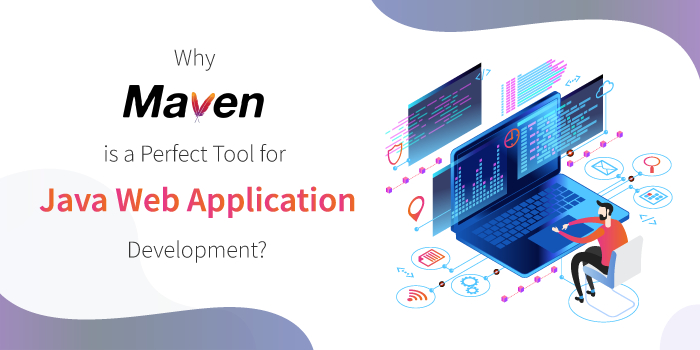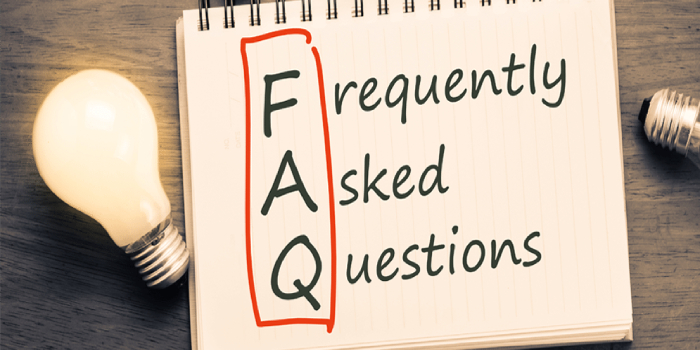
Why Maven is a Perfect Tool for Java Web Application Development?
The Apache Maven is an important tool for Java developers. It aids them in the fast & smooth development of a Java project with the implementation of a standard directory structure. It also helps in downloading of project dependency automatically. Apart from that, Maven also downloads transitive dependencies that aid Java Software Development Company from the overhead of keeping check of different versions of libraries. For instance, if your application is dependent on the Spring framework, and Spring is dependent on Log4j then for development purposes the correct version of Log4j JAR files needs to be downloaded for the Spring MVC framework, Maven performs this automatically saving a lot of time.
Maven also allows building projects, uploading artifacts to the central or local Nexus repository, and deploying the release in multiple test environments by default. In short, good knowledge of the Maven dependency tool is quite crucial for any professional Java developer. In this blog, some important tips about the Maven tool are discussed which every Java developer should know. These tips will help in leveraging the power of the Maven and easing the development task, automatic unit testing of builds, deployment, regression testing, and several more tasks.
1) Build Tool
A Maven is a build tool used to create Java environment deliverables like JAR, WAR, and EAR file. Though there are several differences between ANT and Maven. The most important difference is Maven is very easy to use because of the limited configuration required. The tool uses convention over the configuration which means lots of sensible default values.
2) Dependency Management
The main advantage of using Maven for Java Desktop Application Development is dependency management. Since Java application depends upon several internal and external open source libraries with multiple versions, it makes sense to have an internal maven repository. Every application developer can import them automatically using Maven when building an application. Maven itself maintains libraries as known as a global maven repository with URL.
3) Transitive Dependency
Maven has the feature of managing transitive dependencies. This means when you include the Spring framework in your project, you don’t have to download all the libraries on which Spring is dependent. Maven will simply download those JARs and it will also take care of version, this is actually a great feature to save a lot of time which goes to setup build environment and then deal with nasty errors.
4) Configuring Maven
For taking the benefit of Maven, it is important to install Apache Maven in your device configure settings.xml, which includes the name of local repository and connection detail to connect to the global repository. You can follow the steps given to install Maven in Windows 8 machine.
Also Read – Top 10 Java Tools To Consider For Innovative Web App Development
5) M2Eclipse Plugin
If you are using Eclipse IDE for the web application development then you can also use the M2Eclipse Maven plugin. This gives the ability to build, modify and run maven projects from Eclipse. M2E Eclipse plugin can be downloaded and installed from the Eclipse Marketplace. When you use this tool from Eclipse then you can also build the Maven project by using the M2Eclipse plugin.
6. Pom.xml
Another important benefit of using the Maven is pom.xml, this is basically build.xml of ANT build apparatus. For every single project, it is basically like having their pom.xml which represents the Project object model. This pom.xml includes project subtleties like artifactId, groupId, name, and many more which is utilized to make deliverable including JAR file and can be used to transfer JAR in the interior maven repository. The pom.xml contains plugins used in a project including the JAR module which is in charge of making a JAR file from class files.
Frequently Asked Questions

1. What does Maven mean?
Maven is an automation and management tool used in software development. The tool was developed by Apache Software Foundation, was initially released in July 2004. In the Yiddish language, the meaning of Maven is the “accumulator of knowledge.”
2. What is Maven dependency?
Maven dependency is a library, framework or otherwise JAR file that is stored on a remote server. The file is stored with proper detailed information placed in a Maven POM file. The file can be downloaded and referenced in the next project, either upon compilation, testing, or during runtime.
3. Is Maven a framework?
“Maven” is basically a core framework for a collection of Maven Plugins. In other words, plugins are where most of the real action is performed, plugins are used to: build jar files, create war files, compile code, unit test code, create project documentation, and many more.
4. What Maven Clean Plugin does?
The Maven Clean Plugin, as the name reveals, attempts to clean the files and directories generated by Maven during its build. While there are plugins that generate additional files, the Clean Plugin assumes that these files are generated inside the target directory.
5. What are the Maven commands?
• mvn clean
• mvn compiler
• mvn package
• mvn install
• mvn deploy
• mvn validate
• mvn dependency
Wrapping Up:
That’s all about some of the useful Maven tips for Java web application development. Even though Gradle, another powerful tool written in groovy, is making headlines, it is still the most popular tool for Java project development. You can Hire Java Developer to make use of this popular application development tool for your web application. Gradle is a strong competitor but will take its time because of its complexity and needs time to learn.

